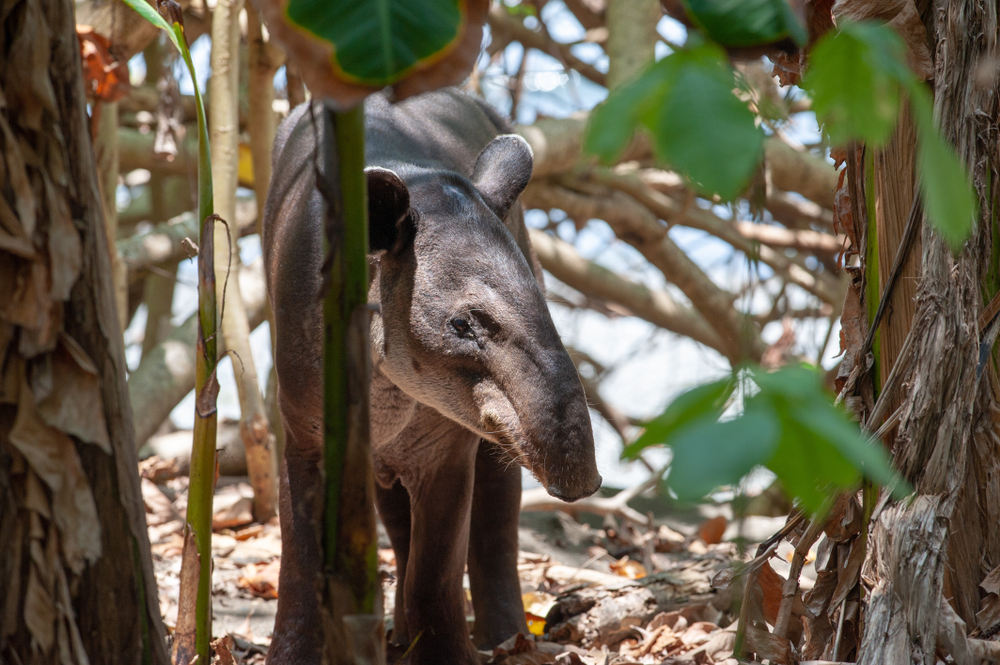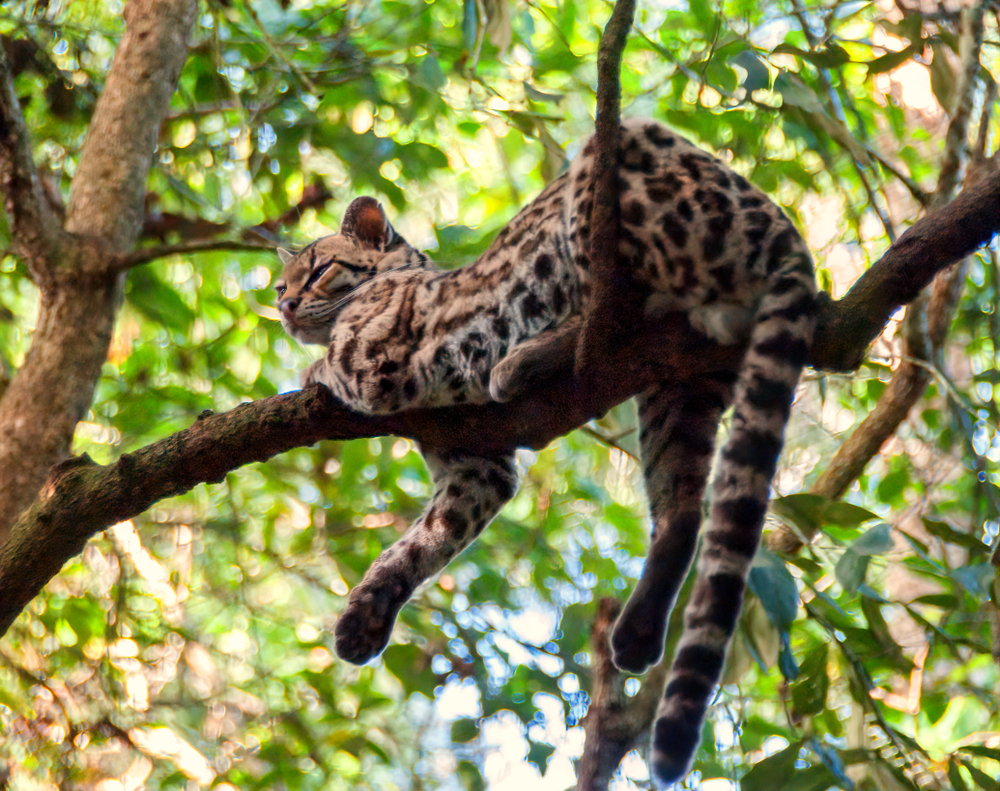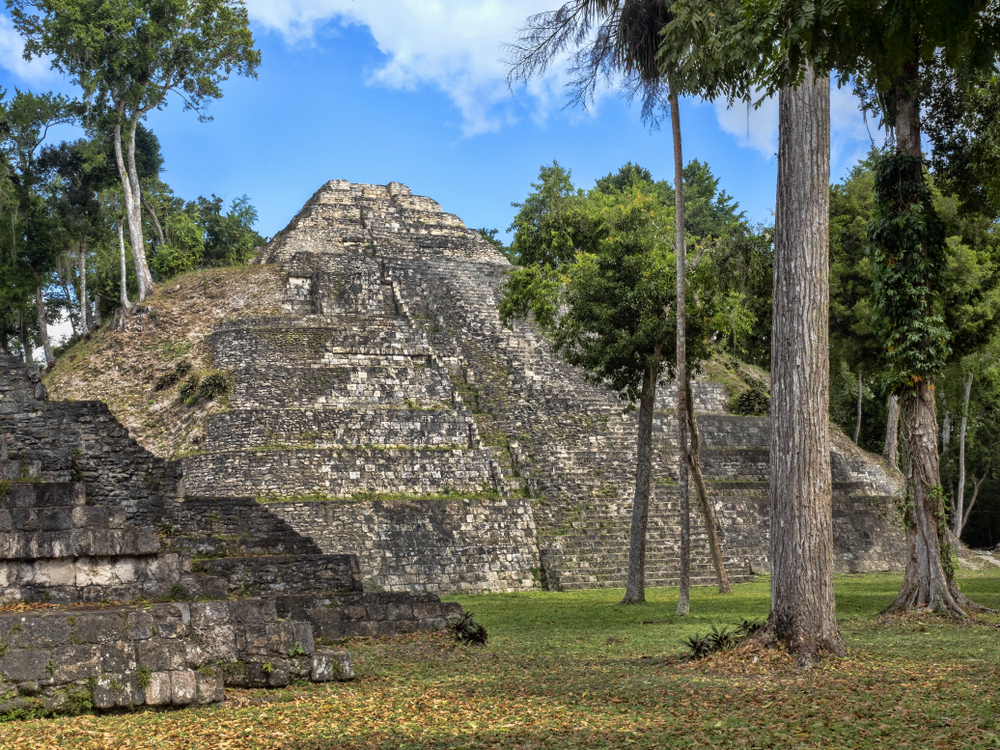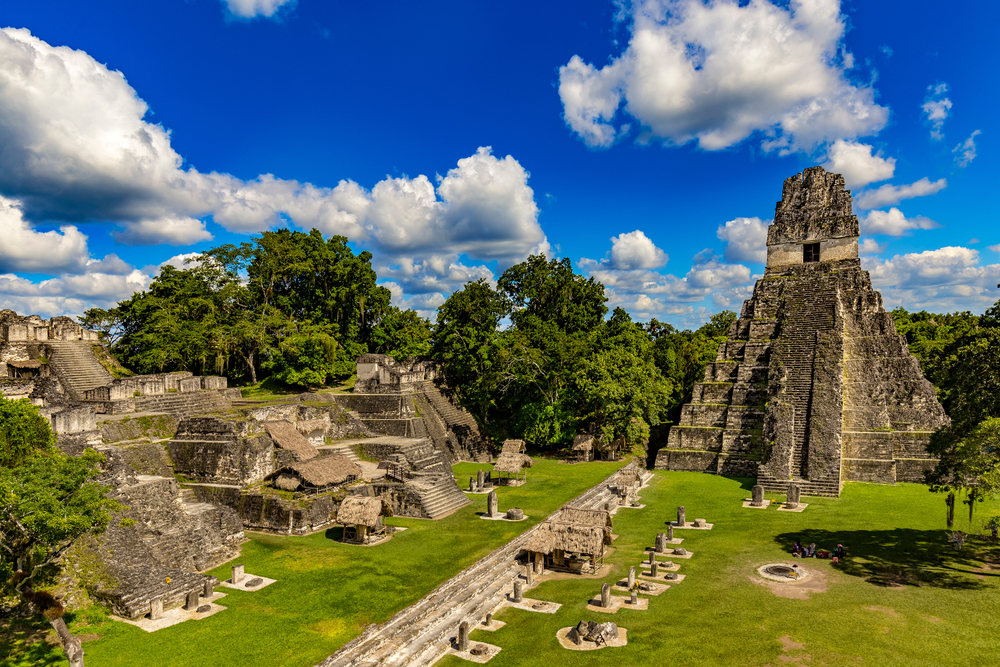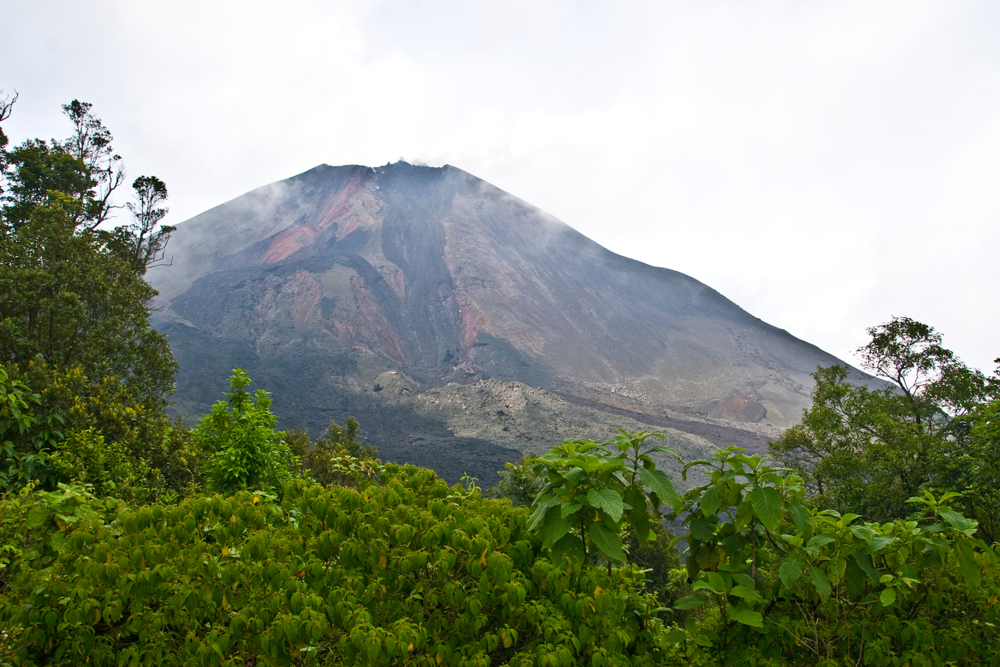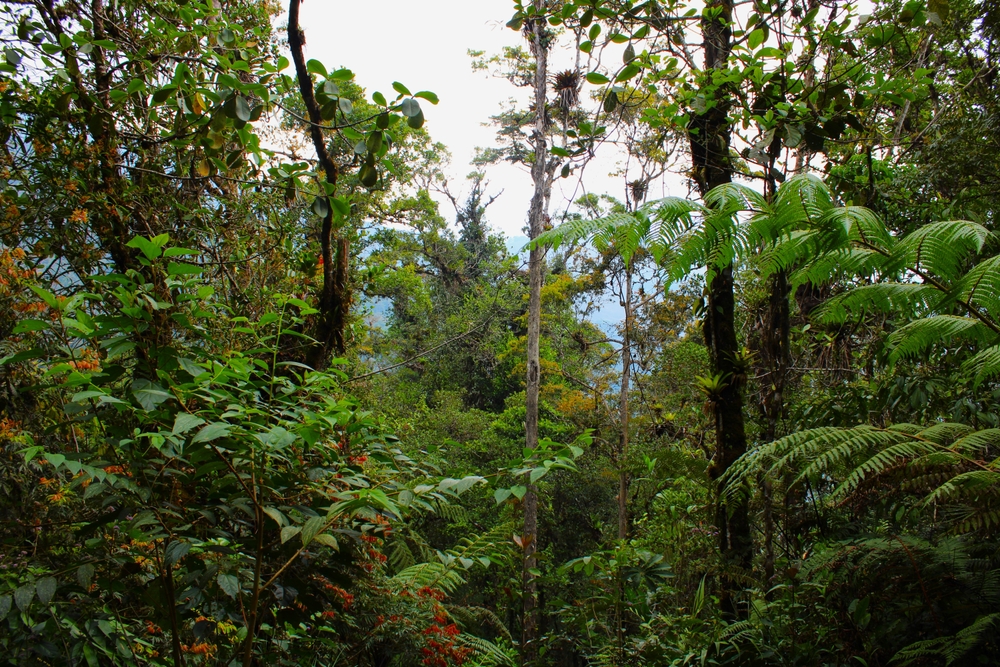Naciones Unidas Overview
Naciones Unidas National Park, or Parque Nacional Naciones Unidas in Spanish, is a small but ecologically significant protected area located in Guatemala. Covering approximately 4.8 square miles (12.5 square kilometers), this park lies just outside Guatemala City in the municipality of Villa Nueva.
It was established as a national park to provide a natural retreat near the capital and to protect native flora and fauna from urban expansion. Despite its relatively small size compared to other national parks in Guatemala, Naciones Unidas National Park serves as a vital green space that offers both recreational and conservation value.
The park is characterized by rolling hills and dense forested areas, with elevations that provide scenic overlooks of the surrounding landscape, including impressive views of Lake Amatitlán and the nearby Pacaya Volcano. The terrain consists of mixed forests, including both tropical and subtropical tree species.
Tall pine and cypress trees dominate parts of the park, creating a cool and refreshing environment. Deciduous and broadleaf trees also contribute to the diverse vegetation, supporting a range of ecosystems within the park. The natural beauty is further complemented by small streams and open meadows, where visitors can take in the peaceful atmosphere.
Naciones Unidas National Park is home to a variety of wildlife, although its proximity to human settlements has had an impact on some species. The park supports small mammals such as armadillos, squirrels, and coatis. Birdwatchers can spot an array of avian species, including hummingbirds, motmots, and woodpeckers.
Raptors, such as hawks and kestrels, can also be seen soaring above the tree canopy. While larger mammals such as deer and wildcats were once more prevalent, their populations have declined due to habitat loss. However, efforts to protect the park’s biodiversity continue, ensuring that native species still have a place to thrive.
One of the park’s most popular features is its network of walking trails, which allow visitors to explore its natural beauty while providing excellent opportunities for birdwatching and wildlife observation. The park also contains several designated picnic areas, making it a favored spot for families looking to enjoy a day in nature.
Given its elevated position, it offers breathtaking views of the Pacaya Volcano, which remains one of the most active volcanoes in Guatemala. The sight of this volcano smoking in the distance adds a dramatic element to the park’s landscape. Additionally, visitors can explore cultural and educational exhibits that highlight Guatemala’s natural heritage and the importance of conservation.
Visitors primarily experience Naciones Unidas National Park through hiking, nature walks, and educational visits. It serves as a great destination for school groups, nature enthusiasts, and city residents seeking a quick escape from urban life.
The trails are well-maintained and accessible, making them suitable for visitors of various fitness levels. Given its location near Guatemala City, the park is an ideal choice for those who want to enjoy nature without venturing too far from modern conveniences.
Conservation efforts at Naciones Unidas National Park focus on maintaining the integrity of its ecosystems despite ongoing challenges posed by urban encroachment.
Efforts have been made to reforest areas that have suffered deforestation, and environmental education programs aim to raise awareness among local communities about the importance of preserving this natural space.
While the park faces threats from illegal logging and human activity, ongoing management strategies continue to ensure its role as a vital natural refuge near the capital.











































































